Skiing and snowboarding are both popular winter sports. They can be a lot of fun, but they can also be dangerous. That’s why it’s important to take the necessary precautions to protect yourself while you’re on the slopes. One of the most important pieces of safety gear is a helmet. But can you use a bike helmet for skiing?
In this guide, we will answer that question and give you some tips on how to stay safe while skiing or snowboarding.
Table of Contents
Buying A New Ski Helmet
No matter if you are a beginner or an experienced skier, it is important to have the proper gear. This includes a good quality ski helmet. Ski helmets are made to protect your head from the weather and from injuries while skiing.
They are also made to keep your head warm and dry. When choosing a ski helmet, it is important to pick one that fits well and is comfortable. Make sure that any helmet you choose meets all safety standards.
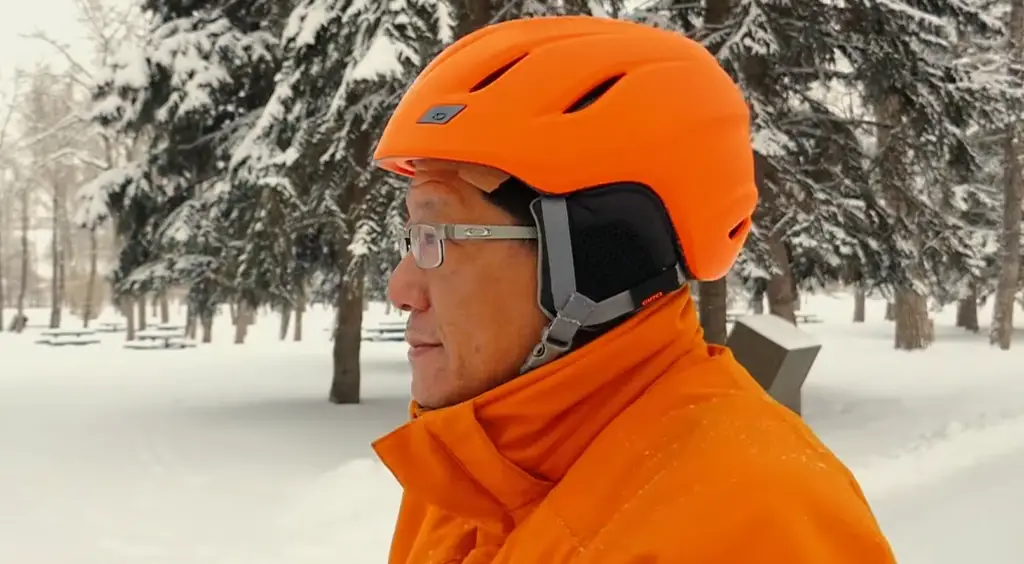
There are many different types and styles of ski helmets on the market today. Some are designed for specific purposes, such as racing or freestyle skiing, while others are designed for general use. When choosing a ski helmet, it is important to consider what type of skiing you will be doing and select a helmet that is designed for that purpose.
One question that is often asked is whether or not you can use a bike helmet for skiing. The answer to this question depends on several factors:
- First, you need to make sure that the bike helmet meets all safety standards for skiing helmets;
- Second, you need to make sure that the bike helmet fits properly;
- And finally, you need to consider how comfortable the bike helmet is;
The Two Main Parts Of A Ski Helmet
When you are looking at a ski helmet, there are two main things to look for:
- The first is the outer shell. This is the hard plastic or composite material that makes up the outside of the helmet;
- The second is the inner liner. This is the soft foam material that sits against your head and provides cushioning in case you fall;
Most bike helmets have an outer shell and an inner liner. However, some bike helmets do not have an inner liner. If you are unsure whether or not your bike helmet has an inner liner, look for a label inside the helmet or contact the manufacturer for help. [1]
Ski Helmet Construction
There is a big difference between a ski helmet and a bike helmet. Ski helmets are made to protect your head from multiple impacts, while bike helmets are made to protect your head from just one impact.
The ski helmet also has a visor to protect your eyes from the sun and flying debris. The bike helmet, on the other hand, doesn’t have a visor because it’s not necessary.

Differences Between Ski and Bike Helmets
The most obvious difference between ski and bike helmets is the size. Ski helmets are larger than bike helmets, covering more of your head. They also have a lot more ventilation to keep your head cool while you’re skiing.
Another difference is that ski helmets have ear flaps to keep your ears warm and to reduce wind noise. Bike helmets don’t have ear flaps because they would just get in the way when you’re riding.
Make Sure Your Ski Helmet Fits Properly
A good fit is the most important aspect of a ski helmet. If your helmet is too large, it can come off in a fall. If it’s too small, it will be uncomfortable and won’t offer adequate protection.
To ensure that your ski helmet fits properly:
- Measure your head. Use a soft tape measure or a string to measure the circumference of your head, keeping the tape or string just above your eyebrows;
- Check the sizing chart. Most manufacturers have sizing charts that list head circumference in relation to the helmet size;
- Try it on. Once you’ve determined your size, put on the helmet and make sure it fits snugly all the way around. The helmet should sit level on your head and low on your forehead—about two finger-widths above your eyebrow;
- Fasten the straps. Make sure the chin strap is tight enough that you can only fit one or two fingers under it;
If you’re still not sure if your helmet fits properly, seek help from a ski shop or certified ski instructor.
Ensuring A Good Fit
The fit of your ski helmet is very important for both your safety and comfort. A helmet that is too large will not protect you properly if you fall, and a helmet that is too small will be uncomfortable to wear.
When trying on helmets, make sure that it fits snugly on your head — it should be tight enough that it doesn’t move around when you shake your head, but not so tight that it’s painful to wear.
You want to make sure that the helmet is sitting level on your head. Most helmets have adjustable straps that can help you get the perfect fit. Once you’ve found a helmet that fits well, adjust the straps so that the helmet feels secure but not too tight.
Do I Need A MIPS Helmet?
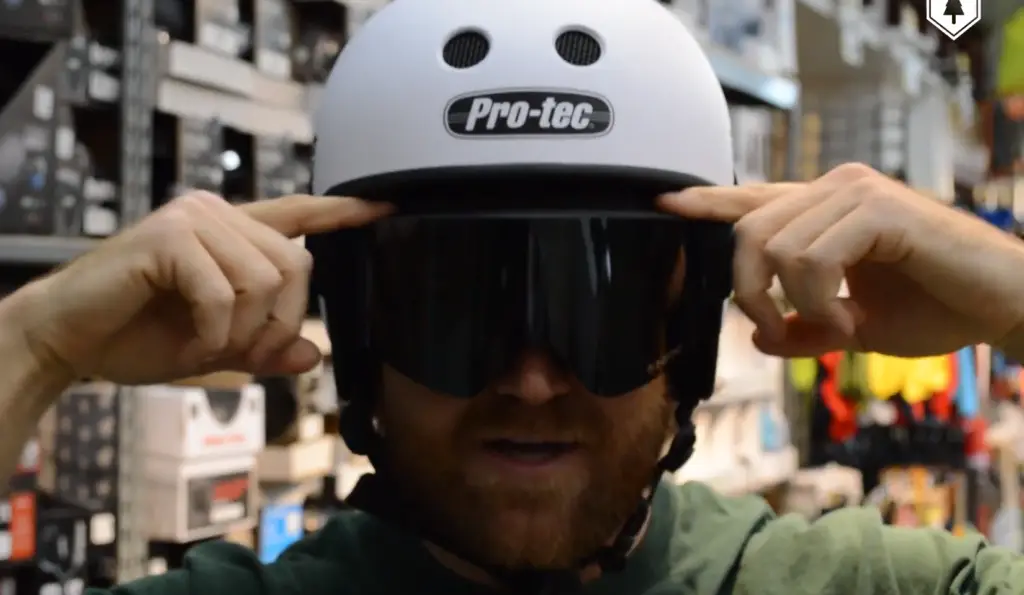
While MIPS helmets do offer an additional level of protection, they are not required for skiing. If you are looking for the safest possible helmet, however, a MIPS helmet is a good option. [1]
Ski Helmet Features And Accessories
Most of us have at least one bike helmet. And many of us have ski helmets too. So it’s only natural to wonder, can you use a bike helmet for skiing? The answer is yes, but with a few caveats. Here’s what you need to know about using a bike helmet for skiing.
Bike helmets and ski helmets are both designed to protect your head from impact in the event of a fall. Both types of helmets are made with hard shells and soft liners. The hard shell helps to deflect impact, while the soft liner absorbs shock.
- One difference between bike helmets and ski helmets is ventilation. Bike helmets have more vents to keep your head cool, while ski helmets have fewer vents to keep your head warm. If you live in a cold climate and do most of your skiing in the winter, it’s important to make sure that your bike helmet has enough ventilation to keep your head from getting too sweaty and overheated;
- Another difference between bike helmets and ski helmets is how they fit. Bike helmets are designed to be worn with a bike helmet, which means they will be more snug-fitting than ski helmets. Ski helmets, on the other hand, are designed to be worn over a ski mask or balaclava, so they tend to have a looser fit;
If you decide to use a bike helmet for skiing, you’ll need to make sure that it has the proper features and accessories. Here are some things to look for:
- A hard shell;
- A soft liner;
- Ventilation;
- A snug fit;
- Eye protection;
- Ear protection;
Most bike helmets come with built-in eye protection in the form of a visor. If your bike helmet doesn’t have a visor, you can always wear ski goggles. And if you want to use your bike helmet for skiing and cycling, look for a helmet with a removable visor.
Some bike helmets also come with built-in ear protection. This is especially important if you’ll be skiing in cold weather when your ears are more susceptible to frostbite. If your bike helmet doesn’t have built-in ear protection, you can always wear a ski mask or balaclava underneath it.
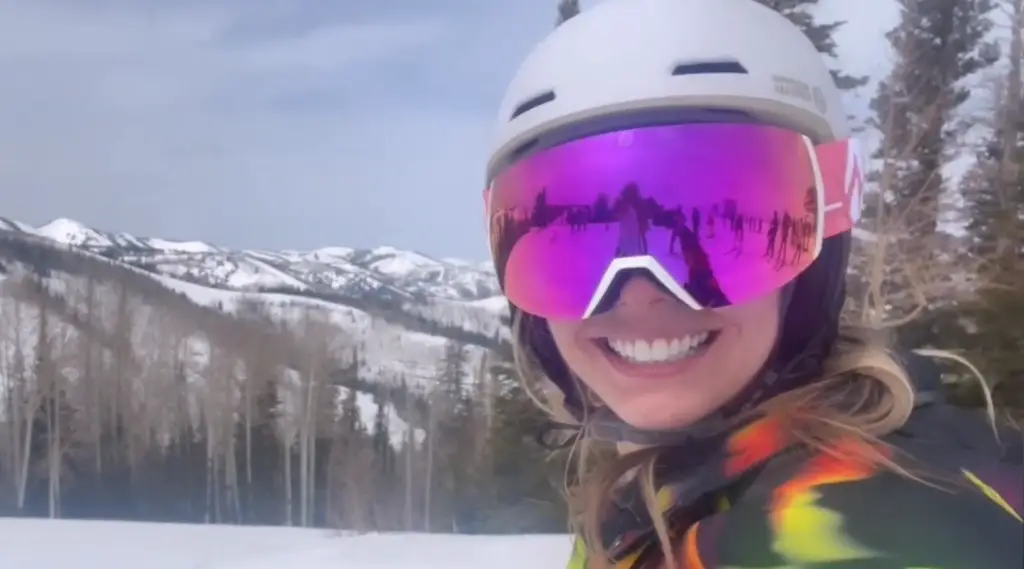
Camera Mounts
For anyone who wants to get into skiing, mounting a GoPro camera is essential. There are a few different ways that you can do this, but the most popular method is using a bike helmet.
This is because it provides stability and prevents the camera from moving around too much. Plus, it’s a great way to get some unique shots.
Goggle Compatibility
One of the most important features of a ski or snowboard helmet is that it is compatible with goggles. This means that there is a special channel on the inside of the helmet to keep your goggles in place, or that the goggles are attached directly to the helmet (like on the Smith Vantage).
When you’re trying on helmets, be sure to put your goggles on and make sure they fit comfortably with the helmet. You should also test out different combinations of goggles and helmets to see what works best for you.
Customizable Liners
Bike helmets are designed to protect your head from one big impact. Ski helmets are designed to protect your head from multiple smaller impacts and from the cold.
The liner of a bike helmet is not as thick as the liner of a ski helmet, so it does not protect your head as well if you hit your head multiple times. The thicker liner of a ski helmet helps to protect your head from the cold.
Most bike helmets have a hard outer shell and a soft inner liner. The hard outer shell helps to spread the force of an impact over a bigger area. And the soft inner liner crushes to absorb some of the energy from an impact.
Ski helmets have a hard outer shell and an inner liner made of foam. This foam can absorb the energy from a fall or impact. However, it can only do this once.
Ski helmets have more protection than bike helmets. The EPS liner is thicker in a ski helmet. This makes the force of an impact spread out over a bigger area. This also means that the EPS can take longer to crush, which means it can absorb more energy from multiple impacts.
Bike helmets are not as well insulated as ski helmets, so they will not protect your head from the cold as well.
Some bike helmets have a removable liner that you can wash. This helps keep the helmet clean. Some bike helmets also have a layer of fleece or other fabric to help wick away sweat. This helps keep your head cool when you are biking.
Ski helmets generally have more ventilation than bike helmets to help keep your head cool. They also have a layer of fleece or other fabric to help wick away sweat.
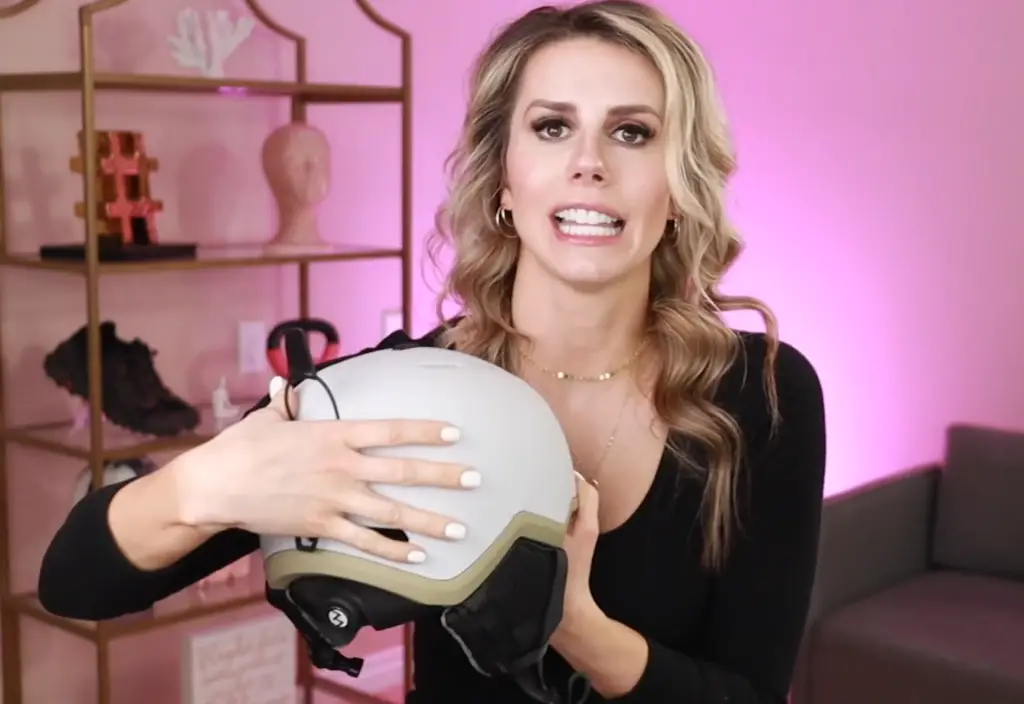
Adjustable Ventilation
A bike helmet that has adjustable ventilation is a good choice. This is because it will let you control how much air goes around your head. Ski helmets usually have a passive ventilation system, which means the airflow is controlled by the shape of the helmet.
Active ventilation systems use battery-powered fans to force air through the helmet and help keep you cool. While they’re not a necessity, they can be a nice option, especially on warmer days.
Fasteners
There are two types of fasteners that come with most bike helmets: a chin strap and a retention system. The retention system is located at the back of the helmet and it adjusts to make sure the helmet fits comfortably. The chin strap is located under your chin and it keeps the helmet in place if you fall.
While both types of fasteners are important, the retention system is crucial for safety. That’s because it’s what keeps the helmet in place if you hit your head on something. The chin strap is important too, but it’s not as critical because it doesn’t do much to keep the helmet from moving around on your head.
Fit
It is important to adjust the fit of your helmet so that it is snug but not too tight. The best way to do this is by using the retention system at the back of the helmet. This system usually has a dial that you can turn to tighten or loosen the fit. [1]
Recommended Ski Helmets
The Giro Nine MIPS Ski Helmet is a great option if you are looking for a budget-friendly helmet. It has features like MIPS technology, which helps protect your head from rotational forces in the event of a fall.
The helmet is also super comfortable, thanks to its adjustable fit system and plush lining. And if you need to wear glasses or goggles with your helmet, the Nine MIPS has you covered with its integrated eyewear retention system.
If you’re looking for a ski helmet that is both light and safe, the Smith Vantage MIPS Ski Helmet is a great option. It is one of the lightest helmets on the market, which makes it easy to wear when skiing.
Plus, it has all the features you need to stay safe on the mountain, like MIPS technology and a tough ABS shell. And if you get hot while skiing, you’ll appreciate the Vantage’s 16 vents, which help keep your head cool.
Smith Quantum
The Smith Quantum Bike Helmet is a versatile helmet that can be used for biking and skiing. This helmet is made from lightweight and comfortable In-Mold material. It also features Aerocore technology, which keeps your head cool on hot days. You can also customize your experience with the helmet by using goggles or headphones.
Sweet Protection Igniter MIPS
The Sweet Protection Igniter MIPS bike helmet is a good choice for people who want a versatile and lightweight helmet. This helmet is made with in-mold construction and features an EPS liner.
It also has a MIPS system that protects your head from impacts. The helmet also has a Fidlock magnetic buckle that makes it easy to put on and take off.
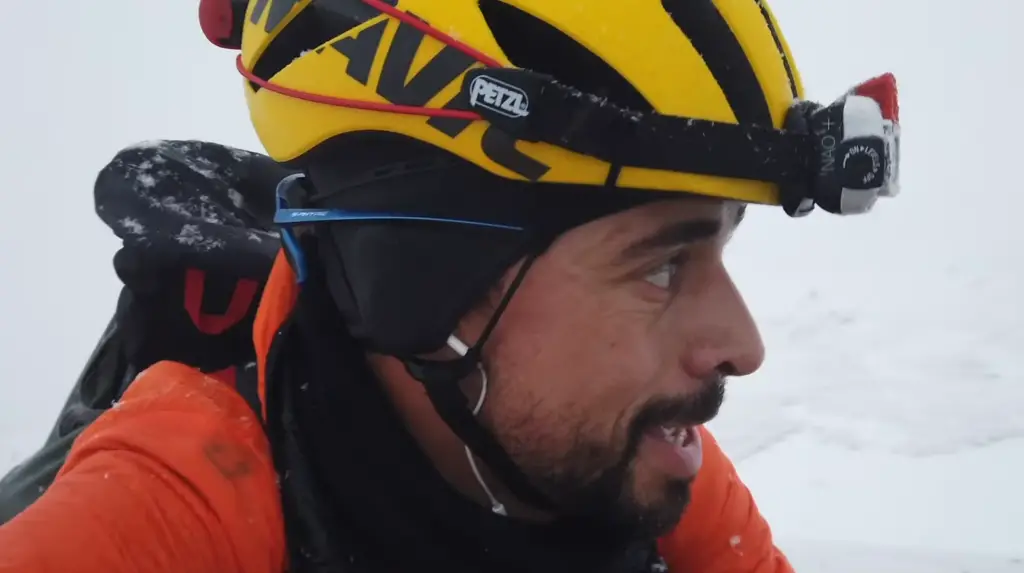
Oakley Mod5 Factory Pilot
The Oakley Mod5 Factory Pilot Ski Helmet is a great choice for those looking for a high-quality, stylish ski helmet. This helmet has many features that make it perfect for both skiers and snowboarders. With its sleek design, the Oakley Mod5 Factory Pilot Ski Helmet is sure to turn heads out on the slopes.
One of the best features of the Oakley Mod5 Factory Pilot Ski Helmet is that it provides a comfortable and snug fit. This is thanks to the helmet’s BOA dial fit system.
This system allows you to quickly and easily adjust the tightness of the helmet, so you can find that perfect fit. The helmet also features a removable, washable liner. This liner helps to keep your head warm and dry, even on the coldest days out on the slopes.
If you are looking for a high-quality, stylish ski helmet, then the Oakley Mod5 Factory Pilot Ski Helmet is the perfect choice for you!
Do I Need To Wear A Helmet?
There is no law that requires you to wear a helmet while skiing, but it is highly recommended by experts. Skiing can be a dangerous sport, and head injuries are some of the most serious types of injuries that can occur.
A helmet can help protect your head from impact in the event of a fall, and can potentially save your life.
Has Helmet Use Increased?
Nowadays, it is normal to wear a helmet while skiing or snowboarding. In fact, most ski resorts require it. This wasn’t always the case, however.
Helmets are now mandatory for kids at many resorts and are widely encouraged for all skiers and riders. [2]
When Should I Change My Helmet?
It’s important to change your helmet every few years, as the materials and padding will degrade over time. Look for signs of wear and tear, such as cracks in the shell or pads that are no longer firmly in place.
A lot of people don’t know that they should be changing their helmets every few years. The materials in helmets break down over time and after a while, they are not as effective.
Why Not Use a Bike Helmet?
Bike helmets are not made to protect against the forces experienced in skiing. Skiing can create more impact than biking, and the padding in bike helmets is also thinner. This makes your head more vulnerable to impact.
Additionally, the straps on bike helmets are not designed to keep the helmet securely in place at high speeds, as they can come loose and cause the helmet to fly off.
So, while you might think that a bike helmet would offer some protection while skiing, it’s actually not a good idea to wear one. Stick to a ski helmet, which is specifically designed for the sport and will offer you the best possible protection. [1]
Additional Safety Features to Consider
There are a few extra safety features to consider when choosing a bike helmet for skiing.
- One is the MIPS system which helps to reduce the forces that can occur during impacts.
- Another is built-in ear protection which can be helpful in colder temperatures.
- Finally, if you wear glasses or sunglasses while skiing, many helmets come with channels in the foam lining to accommodate them.
FAQ
Do you need a ski helmet to ski?
No, you are not required to wear a helmet while skiing. However, we highly recommend that you do. Skiing is a high-speed sport and there is always the potential for serious injury if you were to fall or collide with another skier or object.
A ski helmet will protect your head from impact and help reduce the risk of serious injury.
Can you use a bike helmet for skiing?
Yes, you can use a bike helmet for skiing. Bike helmets are designed to protect your head from impact and they can be just as effective for skiing as they are for biking.
If you have a bike helmet that fits well and is comfortable to wear, there is no reason why you can’t use it for skiing.
Is there a difference between a bike helmet and a ski helmet?
The simple answer is yes, there is a difference between a bike helmet and a ski helmet. Bike helmets are designed to protect against head injuries from falls or collisions with objects, while ski helmets are designed to protect against head injuries from skiing accidents.
One difference between ski helmets and bike helmets is the amount of coverage they provide. Ski helmets generally cover more of the head than bike helmets. This is because skiing is a more dangerous sport than biking, and so needs more protection.
Another difference between ski helmets and bike helmets is ventilation. Bike helmets typically have more ventilation than ski helmets because biking is a less strenuous activity than skiing and does not require as much protection from the cold.
What percentage of skiers wear helmets?
Despite the fact that more people are wearing helmets, there are still many people who choose not to. Some people don’t wear helmets because they feel like they don’t need them, that helmets are too hot, that they impair vision, or that they are uncomfortable.
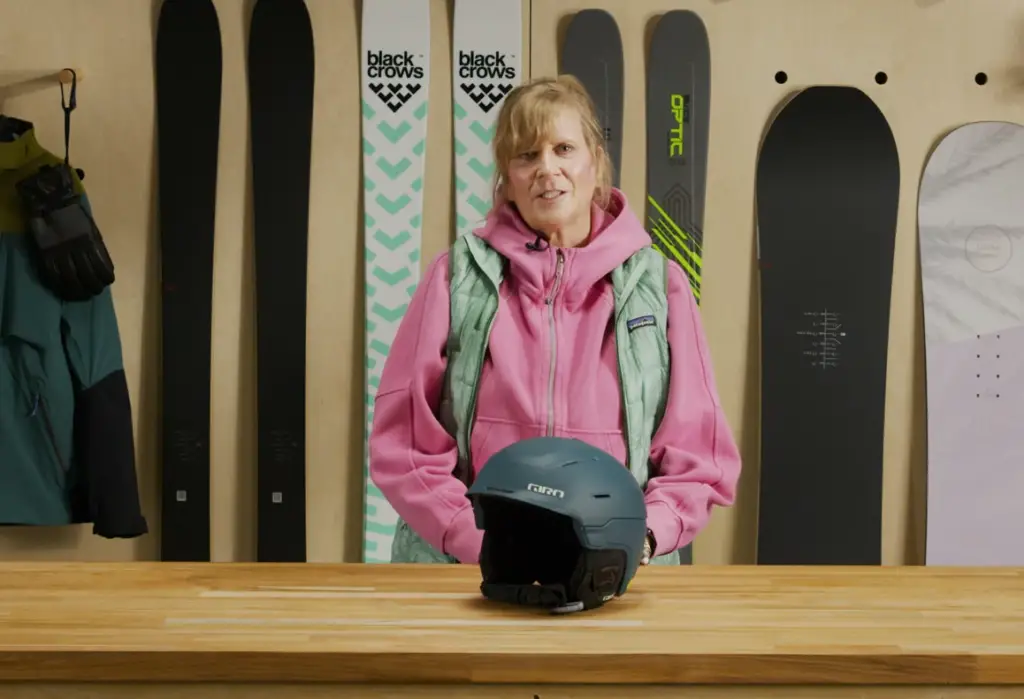
Can you ski without snow pants?
Snow pants are not required, but they are recommended. Wearing snow pants helps to keep you warm and dry, and can also help prevent injuries in the event of a fall.
If you choose not to wear snow pants, make sure that you wear other clothing that will keep you warm and dry, such as long underwear or thermal leggings.
Can you ski without a jacket?
You can, but it is not recommended. A ski jacket will help keep you warm and dry, and can also help prevent injuries in the event of a fall.
Useful Video: Snowboarding with a Motorcycle Helmet
Conclusion
So, can you use a bike helmet for skiing? The answer is yes! You can also use a ski helmet for other winter sports activities. A bike helmet will protect your head from impacts and collisions, which is why it’s such an important piece of safety gear to have.
Make sure to check the sizing chart before purchasing a bike helmet so that you get the right fit. And, most importantly, always wear your helmet when participating in any winter sport activity!
References:
- https://www.kayakhelp.com/can-you-use-a-bike-helmet-for-skiing/
- https://newtoski.com/bike-vs-ski-helmet/



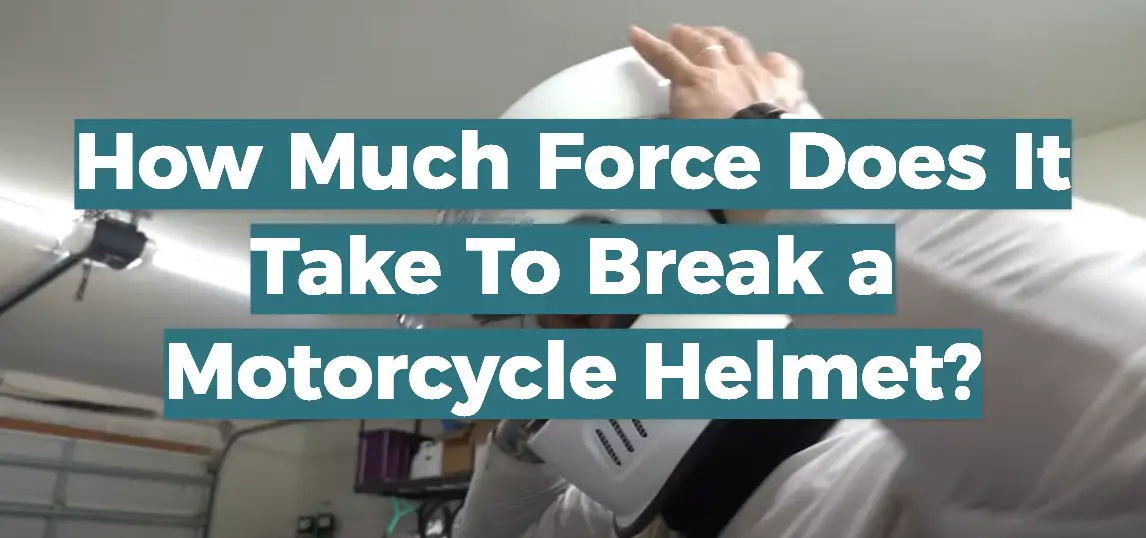
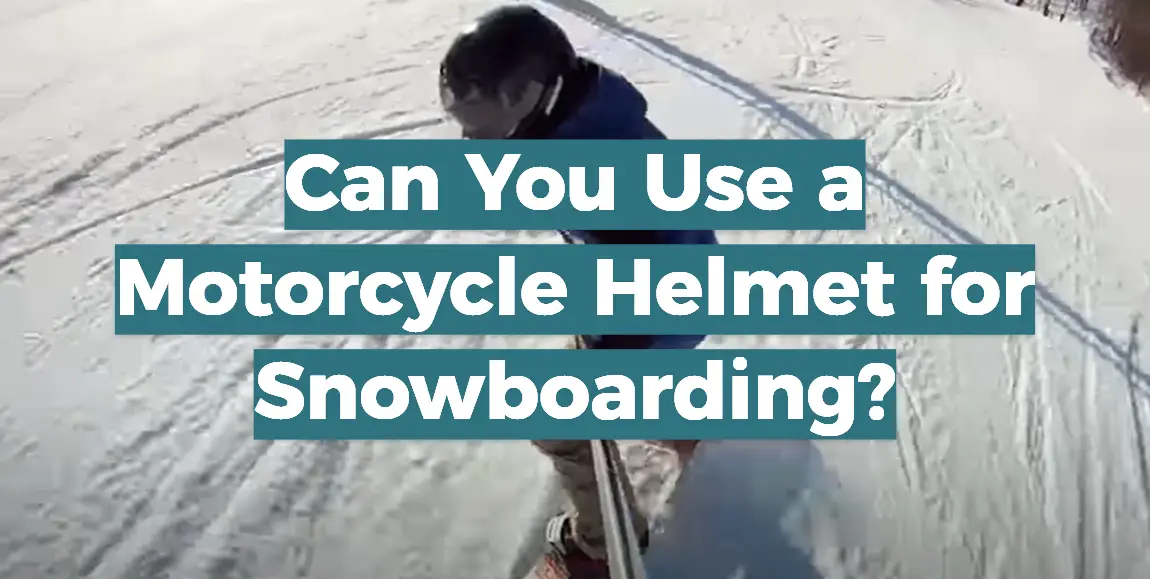
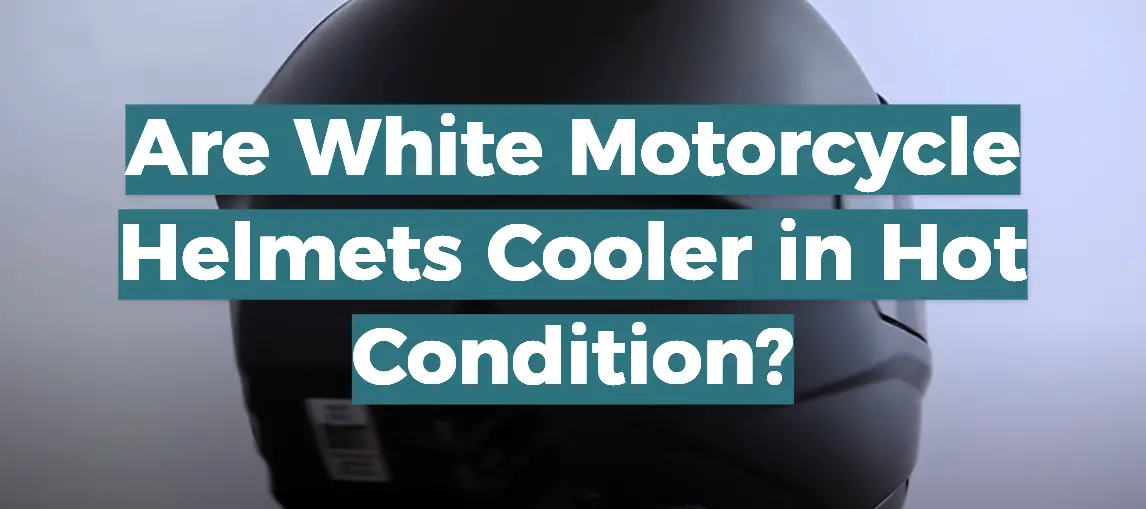
Leave a Reply